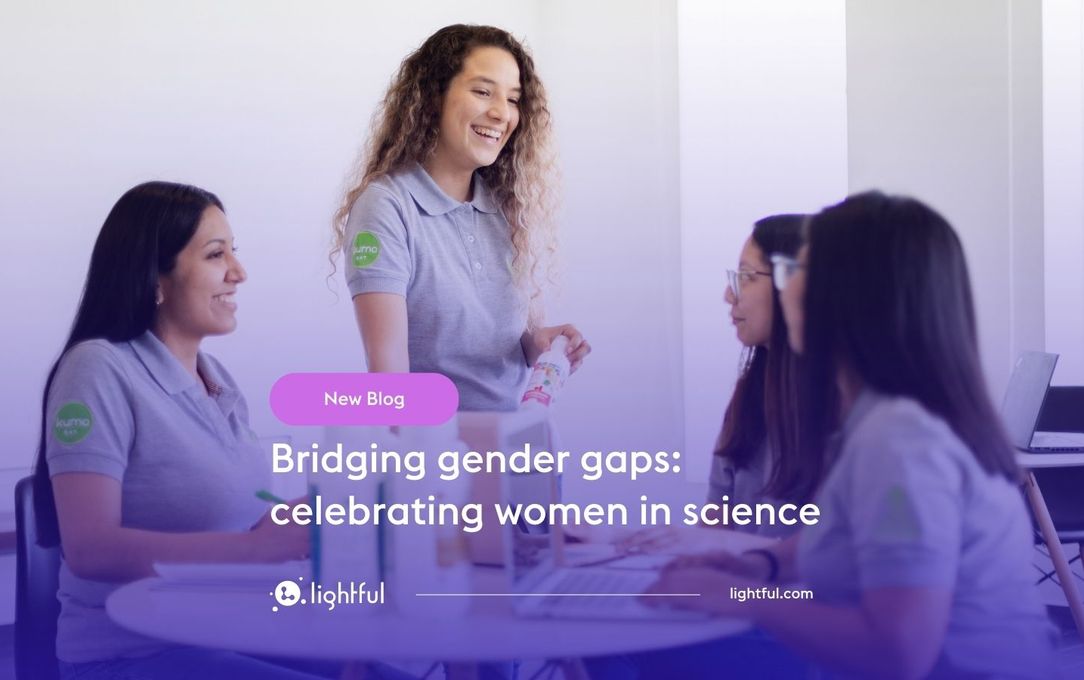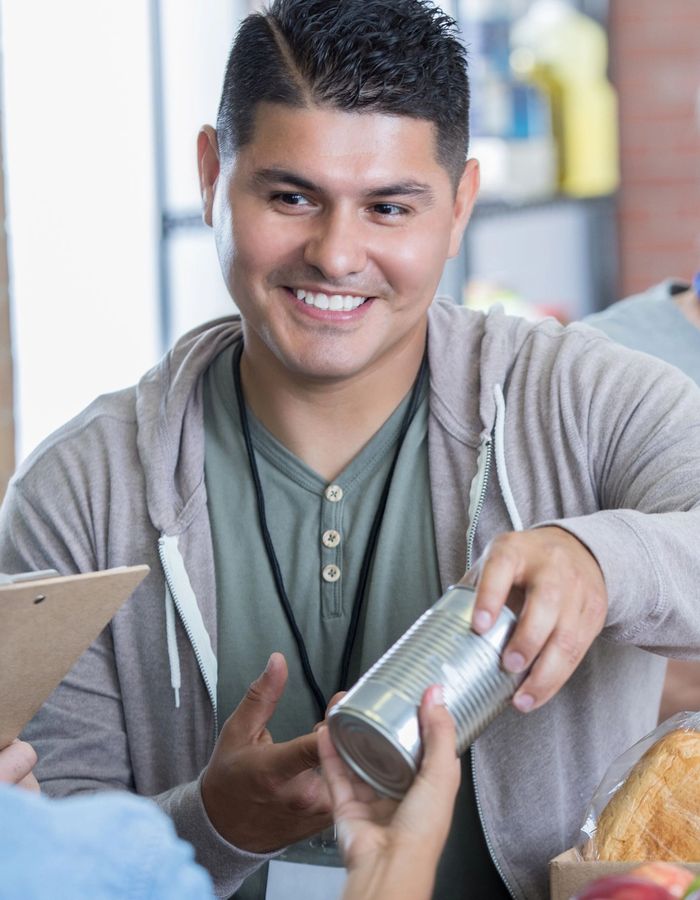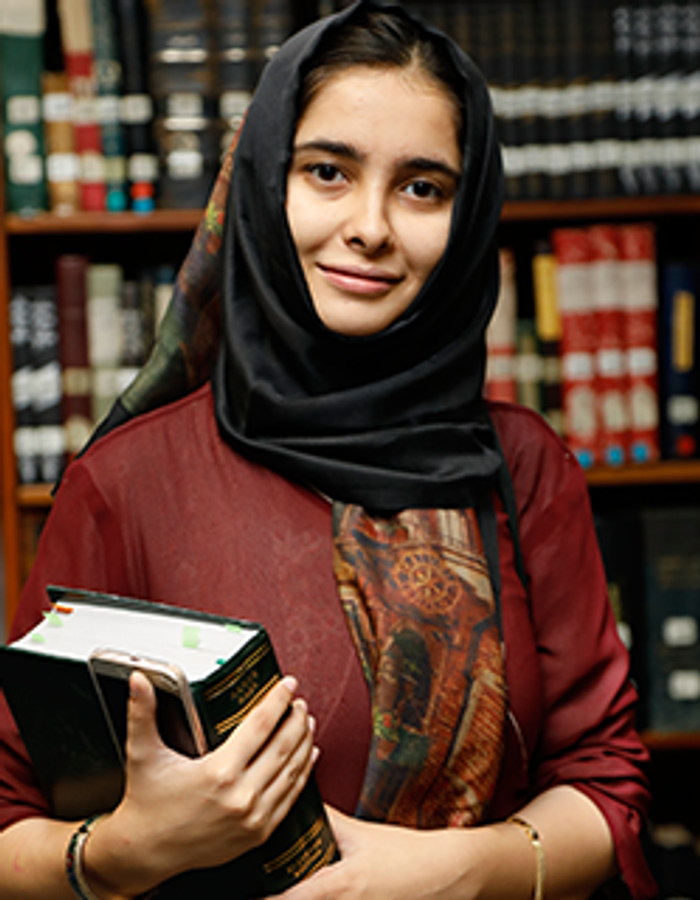What is Service Design and what does it mean for charities?

Although Service Design is a well-established discipline, it’s not mainstream in the charity sector. I spoke with Giulia Merlo, Service Design Lead at Cancer Research UK to discover more about the discipline as well as how charities can incorporate it into their work.
Kirsty Marrins: More and more I hear the words ‘service design’ but what does it actually mean?
Giulia Merlo: Service Design is a discipline that focuses on the design of services. This means designing the experience of our users, so that the service we offer them is as intuitive and accessible as possible. But also designing the way that teams are set up to deliver that service within the organisation, to remove obstacles and discover opportunities.
The term ‘Service Design’ has been around for quite a long time; initially championed by more traditional design disciplines that were considering how to apply design thinking to public services. It has really gathered momentum since the early 2000s, mainly in local and national government – so it has a long and important history of being applied to third sector work. Indeed, some of the best-in-class examples in the UK still live in the government world – for example, GDS (Government Digital Services).
KM: What are design principles and why are they important?
GM: My colleague Chris Flood has given a better definition than I could possibly come up with – design principles are ‘the place where your culture meets your design process. So, imagine a mix of “the way we do things round here” and “the things that are important to us when we deliver work”.’
Design principles should belong to your whole organisation, not just to the designers! You can read more about how we created our Cancer Research UK ones here.
KM: Describe a typical day in the life of a Service Design Lead – what’s it like?
GM: I am not sure whether my day is particularly typical, as every organisation is different of course! However, my day usually includes a mix of talking with my team about their Service Design work, as we define and embed best practices; and of trying to use design methodology to help us have good conversations about our vision for the digital transformation journey of Cancer Research UK – how we can make it sustainable and how we can keep it centered on people. So, as you can imagine I’m meeting people quite a lot! But I also try to have enough time to do some deep thinking and strategic planning.
KM: Is there a difference between service design and user experience?
GM: I think this is another question that might be answered differently depending on what your organisation does, their level of digital maturity and the ‘flavour’ of Service Design you find valuable. At Cancer Research UK, we have a very strong team of UXers, who work in close collaboration with our team; many of the methodologies and tools we use are the same, and we apply them as needed. However, I think for us, there are two main differences:
– User Experience looks in depth at each interaction point in the user journey. Service Design tends to have greater breadth but lesser depth – it looks at the spaces between those interactions, and at how the journey comes together.
– Most importantly, Service Design looks at the ‘internal’ side of the journey, too: the way the teams are working and whether they are set up in the best way to deliver the service. We say that Service Designers hold the space and connection between different teams, their policies and their users, to ensure the balance between user need and organisational objectives is right.
KM: What are you working on at the moment at Cancer Research UK?
GM: I have three main priorities at the moment: co-designing the next stage of our digital transformation journey, in collaboration with teams across Technology and the whole charity; helping put together our Technology team’s playbook and governance ‘guiderails’ (so our service manual, to answer the ‘what good looks like’ question) – I’m particularly focusing on how we validate ideas and do discovery work; and embedding Service Design as a discipline and methodology across the charity, adapting it to how each team could find it valuable.
KM: Which part about your job do you love the most?
GM: I love people, and I love working with them to figure out how we can make things better. Anything that allows me to do that makes me happy – whether that’s facilitating a workshop on how we want to improve our operating model, or talking with teams about psychological safety, or thinking about what the next stage of our digital transformation journey looks like.
KM: And which part is your least favourite?
GM: Sometimes we say that Service Design is the art of ‘showing the possible’, and I think that’s a great way of putting it – however, in order to do that, you also need to be informed and conscious of what is not possible for your organisation, your team, or just that particular piece of work. Accepting the ‘red tape’ and figuring out how to work within it is difficult for me – but I’m learning how to use constraints and governance to discipline my thinking without stifling it, so that’s my personal development challenge for the next few months!
KM: Where have you seen good examples of service design and what made it good?
GM: I am in awe of everything the GDS (Government Digital Service) design team does and talks about! However, it’s an interesting question because it can be hard to agree on what ‘good’ looks like across different sectors. The ever-inspiring Lou Downe wrote an excellent blog post last year about what makes a good service – the principles are very much still valid, and I think they set a great starting point for shared standards.
KM: If someone wants to incorporate service design into their charity, how should they go about it?
GM: I’d start by defining the problems you’d like Service Design to help you solve; then find out a bit more about the discipline, and whether it could be a good blend of approaches for your charity and the problems you face. And if you want to explore it further, talk to someone else who’s doing it! I’m always happy to share a coffee 🙂
KM: Which books/podcasts/blogs would you recommend for people to learn more service design?
GM: The Service Design community is very active on Twitter, so that’s a very good place to start following the conversations that are happening now around the discipline and meet contacts – it’s a very friendly and inclusive community! In terms of blogs, I’d recommend of course the GDS one (though not specific to Service Design). The Service Design consultancy We Are Snook, which has been working with Cancer Research UK to embed the discipline here, have plenty of interesting conversations over on their news section. IDEO, the ‘historic’ consultancy that helped spread design thinking across the world, has an educational side where you can find brilliant online courses as well as a blog. Local Councils like Hackney and Croydon publish their weeknotes over on Medium and they tend to include plenty of good service design questions too.
If you don’t enjoy reading but prefer talking with people in person, there are also plenty of meet-ups you can attend, which are usually free or extremely low cost – as well as a Service Design Fringe Festival in London in the autumn, which is mostly free to attend for third sector people.
Thank you Giulia for explaining what Service Design is and what your job entails. You may regret that offer of coffee though as I’m sure loads of people would love to find out more!
If you’d like to chat to Giulia about service design, you can find her on Twitter at @Giuliavmerlo.
Latest articles

Happy World Engineering Day! Today Lightful is celebrating the incredible innovations and solutions that engineers achieve, making the world a better place. From addressing climate change through to the design of new healthcare tools, engineering is at the heart of societal change.

As the world tackles some of society’s greatest challenges, from climate crisis to global health, the collective effort to bridge gender gaps in science, technology, engineering and mathematics (STEM) becomes ever more crucial. The global community recently marked the International Day of Women and Girls in Science which celebrates the invaluable contributions of women and girls to the economic development of the world.
Related posts

As the world tackles some of society’s greatest challenges, from climate crisis to global health, the collective effort to bridge gender gaps in science, technology, engineering and mathematics (STEM) becomes ever more crucial. The global community recently marked the International Day of Women and Girls in Science which celebrates the invaluable contributions of women and girls to the economic development of the world.

In an era where climate change is one of the greatest challenges to our planet, the voices of environmental nonprofits need to be amplified louder than ever. Lightful believes in the power of digital to elevate climate justice, and we believe that every organisation deserves the skills, tools, and confidence to fully leverage digital to enhance their mission.
See who we help
Contact us
Want to learn more?
Email Pumulo and start a conversation





